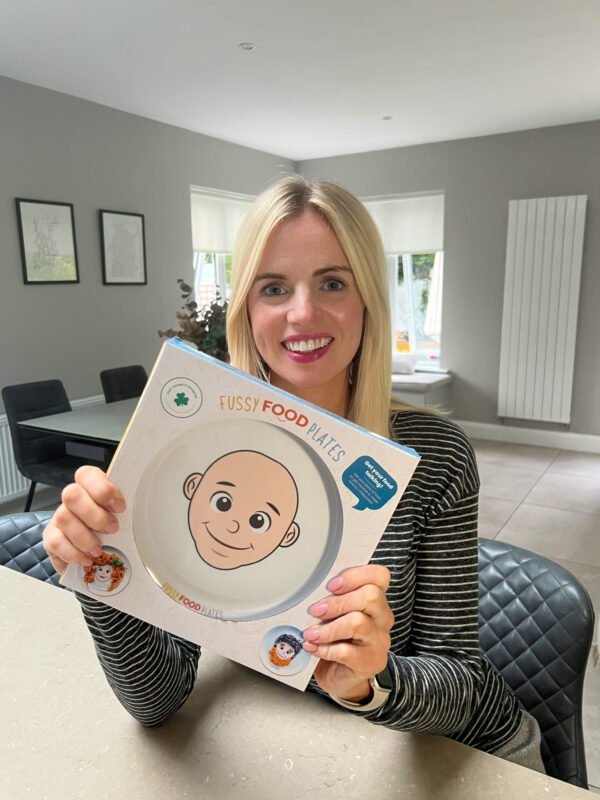
Is Work-Life Balance a Myth For New Mums?
Work takes up a large slice of our time, but it has to fit around family and social life – and returning to work after parental leave can present some challenges, particularly if you are a business leader.

For many new mums, there’ll be a spectrum of emotions to contend with, from excitement and nerves, to a tinge of guilt and dislocation. If you’re a new mum preparing to return to work, you may want to think about putting practices into place to ensure a smooth transition.
As a business leader, you’ll know exactly the sort of challenges you’ll face in your day-to-day work. The challenge of balancing them when you have a small human to look after can be daunting. Don’t fret – a healthy work-life balance can exist! It’s not always easy, but there are a few key principles to succeeding when you go back to work:
Start slowly
Don’t throw yourself back in at the deep end. Before your departure from work, important tasks would’ve been handed over to a trusted colleague or shelved until it could be given the necessary time and attention.
Keep-in-Touch (KIT) days are a great way to maintain contact with whoever has been left in charge in your absence and provide you with updates on how things are progressing and any issues or challenges. You can spread these out over the duration of your leave without feeling like it compromises on the quality of time spent with family, while also helping you to keep your finger on the pulse of the business.
Additionally, a staggered return, where you return to work on a reduced basis, for example two days a week for a month before increasing your days, could also help the transition.
Even if you own the business, you should implement the same procedure as you would for one of your employees – they’re there for a reason.
Don’t compromise
While remote working can be great for new mums, it can also be problematic in blurring the lines between work and family.
The nature of the “always-on” culture in an increasingly-connected world means that workaholism can impact family life.
Don’t compromise on the quality of either; when working from home, make sure you’re working. When you’re spending time together as a family, don’t give in to the temptation to check work emails. Expect the same from your colleagues as you would yourself, and the boundaries for everyone will be crystal clear.
Share the load
It’s easy to quickly fall into a routine where one parent is responsible for the daily drop off and pick up, meaning that person is under pressure each day to finish on time. Could your partner, a family member or close friend help each week or even a few times a month to help take the pressure off you?
Don’t be afraid to ask for help, remember juggling last minute work deadlines with set pick up times from the child minder can be tricky and sometimes, you simply can’t do it all.
If you still can’t make it work, then talk to your employer or HR to see if there are other arrangements or initiatives that you could take advantage of.
Handling employees returning from leave
All of the above also applies to any employees within your business that are returning from parental leave. Having a reduced schedule with greater flexibility, at least to begin with, can help to ease recent parents back in to the workplace without too much stress.
“Returnships” are one way to help parents return to the workplace, whether recently or after a prolonged absence due to family commitments.
These sorts of programmes can help employees to re-establish their careers in the same business by bringing back highly-skilled, knowledgeable and experienced individuals without compromising on family life or other personal commitments.
Be flexible
A more flexible schedule – whether that entails reduced hours, working from home, or other arrangements – can help to provide a supportive framework for parents who need time to adjust to the twin pressures of work and family life.
If you’re in charge of supporting a colleague in their KIT days, try to empathise with their position – there may be a lot they feel they’ve missed, and even simple team bonding time can be much appreciated. Try to plan sessions thoughtfully and don’t treat them as an afterthought or casual meeting – think about what you’d want to know if you’d been away.
Communication is key
As always, communication is key. Ensure that any policies are clear, announce when they’re established, and let employees know about what processes are in place to make life a little easier.
It’s these practices and processes which enable and empower you and your employees to feel confident and comfortable in both the professional and personal spheres of your lives.
For more tips, guidance and information on how to balance work and family life, visit www.brighterbusiness.co.uk.
Written by: Conor McArdle, Brighter Business















































